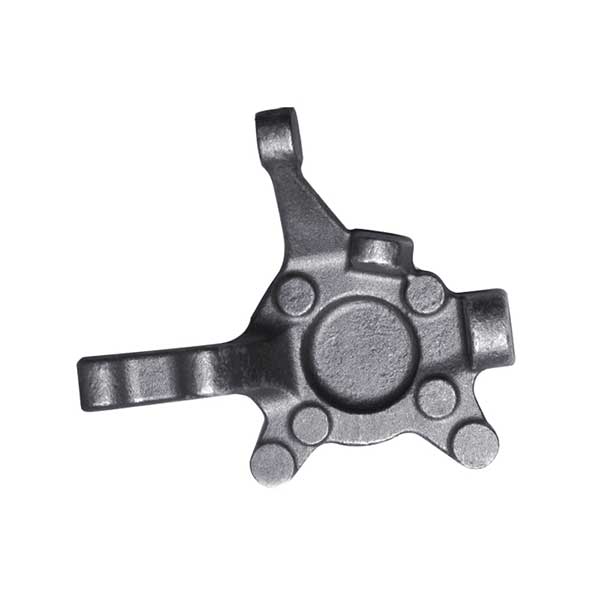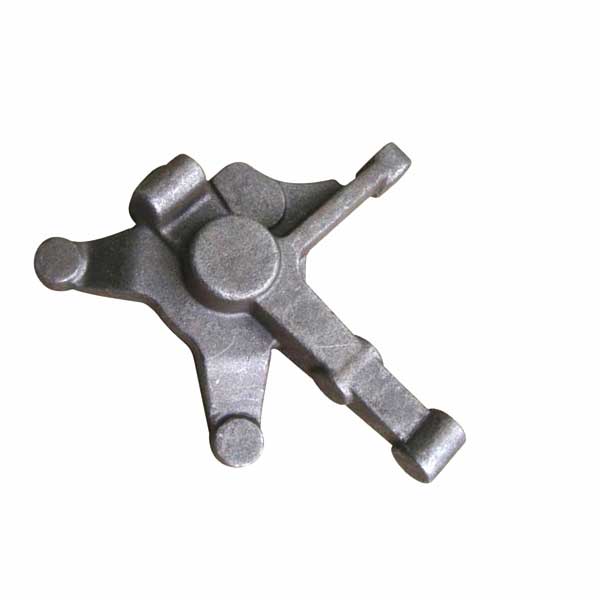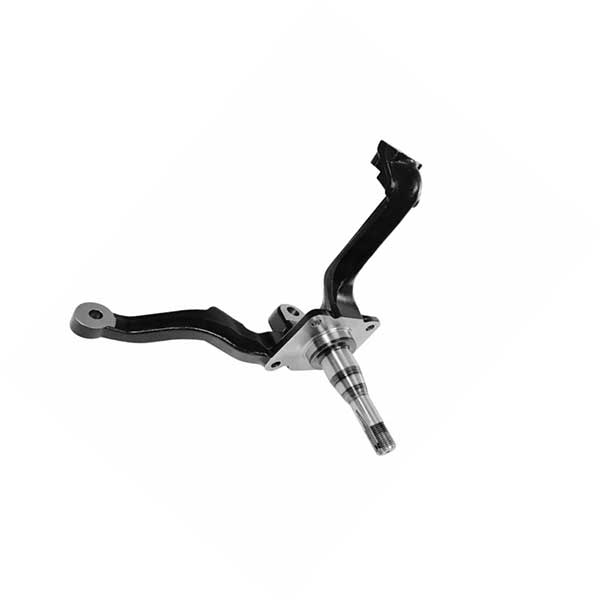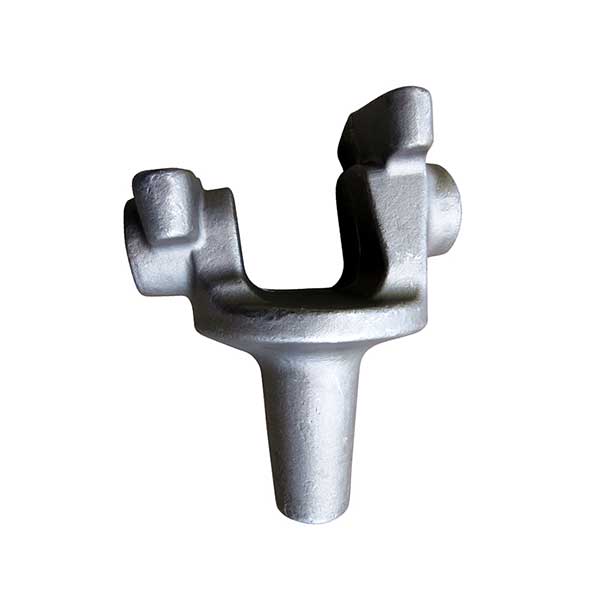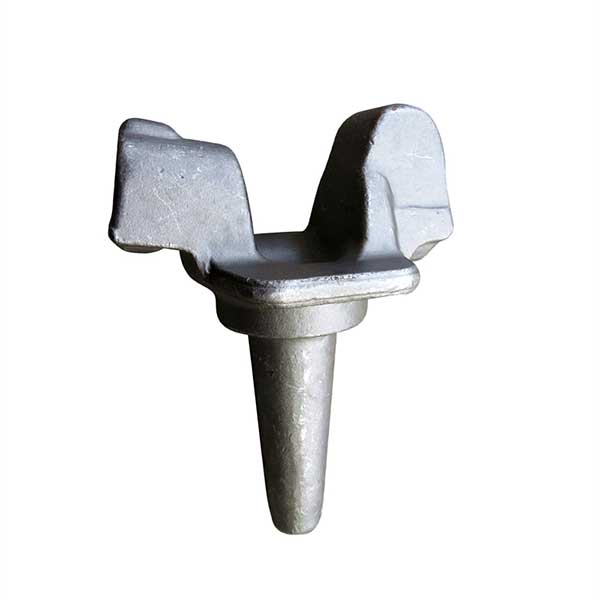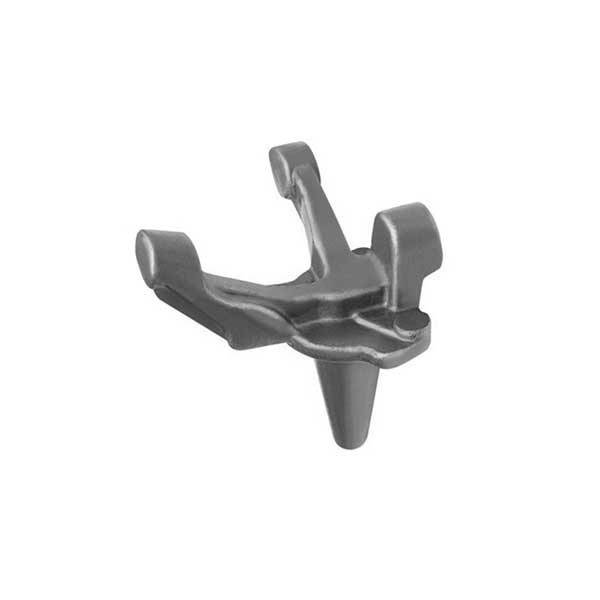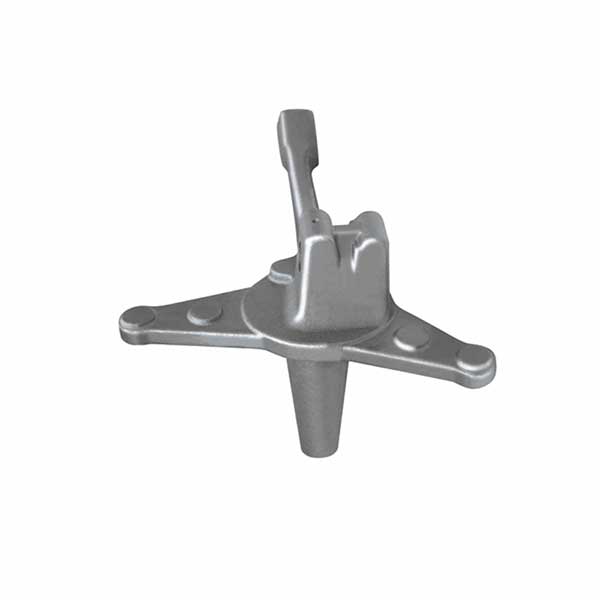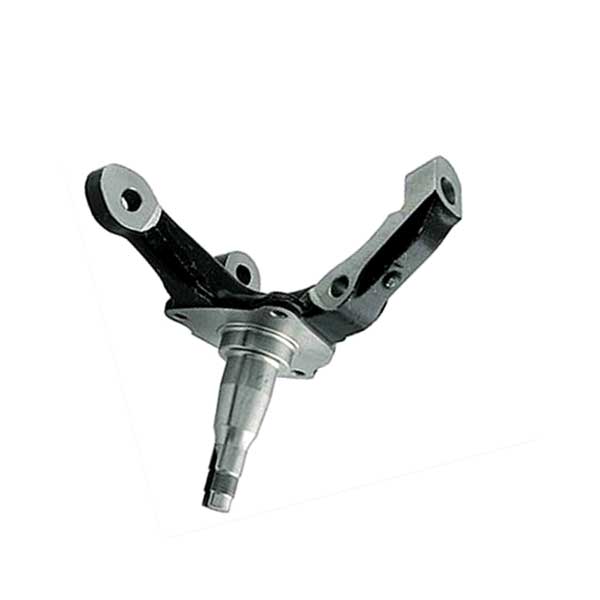Although we can often see car forgings and know many advantages about it, some of its shortcomings are also not negligible. In general, there are three main disadvantages:
1. There will be cracks on the surface of automotive forgings.
2.Then the surface of the car forgings may be a bit broken
3. The surface of the car forgings is somewhat wrong, because the metallographic structure of its material is a bit problematic.
Then the above three cases are caused by the forging method, then the general forging methods mainly include cold forging and cold rolling, then the two methods also have their own disadvantages.
Steering system forgings are a kind of precision plastic forming technology, which has the unparalleled advantages of cutting processing, such as good mechanical properties, high productivity and high material utilization rate. It is especially suitable for mass production and can be used as the final product manufacturing method. It has a wide range of applications in the transportation aerospace and machine tool industries.
The rapid development of the current automobile industry, motorcycle industry and machine tool industry has provided the driving force for the development of the traditional technology of cold forging.
The development of steering system forgings is mainly to develop high value-added products and reduce production costs. At the same time, it is constantly infiltrating or replacing it in the fields of cutting, powder metallurgy, casting, hot forging, sheet forming, etc. The combination of processes constitutes a composite process. Hot forging-cold forging composite plastic forming technology is a new precision metal forming process combining hot forging and cold forging. It makes full use of the advantages of hot forging and cold forging: good metal plasticity in hot state, flow stress Low, so the main deformation process is done with hot forging; the cold forgings have high precision, so the important dimensions of the parts are made with the steering forgings to finally form the parts.
First of all, the steering system forgings are an ordinary unfinished forgings, so naturally it will be better for some similar free die forgings. Then, when it comes to free die forging, it is basically incomparable with some forged forgings, and it is not used.
Free forgings can only be used for forging shafts and small parts such as rings, but the steering forgings can also forge some structural products on the basis of them. We can also precisely control the size of the products, which can alleviate some work. the amount.
1) It is necessary to accurately calculate the size of the original billet and strictly press the billet quality. Otherwise it will increase the dimensional tolerance of the forging and reduce the precision.
2) It is necessary to finely clean the surface of the blank to remove the scale, decarburization layer and other defects on the surface of the blank.
3) In order to improve the dimensional accuracy of the forging and reduce the surface roughness, no oxidation and less oxidation heating should be used to minimize the scale formed on the surface of the blank.
4) In order to minimize oxidation and improve the quality of forgings, the heating temperature of precision forging is low. For carbon steel, the forging temperature is between 900-950 °C, which is called warm die forging.
5) The precision of forgings for precision die forging depends to a large extent on the machining accuracy of the forging die. Therefore, the precision of the precision forging die must be high. Generally higher than the forging accuracy two levels. The precision forging die must have a guide pillar guide structure to ensure accurate clamping. In order to eliminate the gas in the mold, reduce the metal flow resistance, and make the metal better filled with the mold, there should be an exhaust hole in the die.
6) Lubrication and cooling of the forging die should be performed well during die forging.
7) Precision die forging is generally carried out on die forging equipment with high rigidity and high precision, such as crank press, friction press or high speed hammer.

